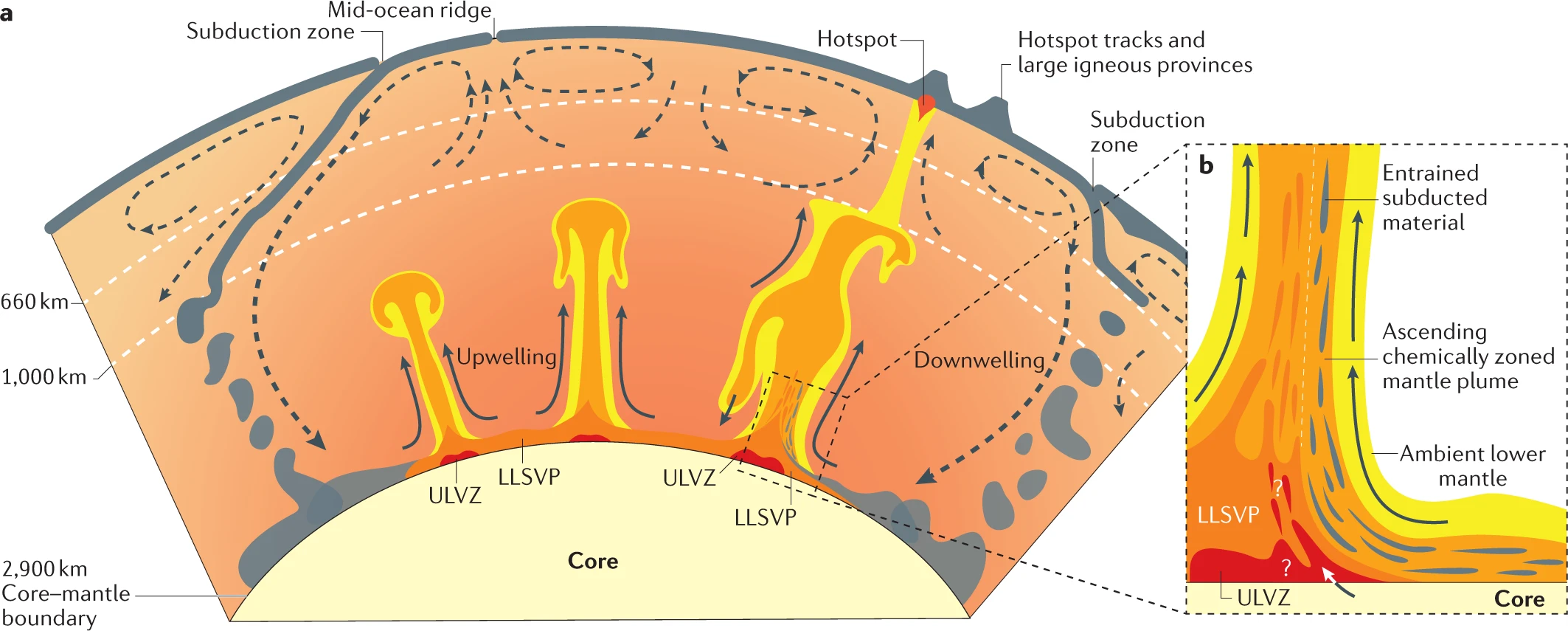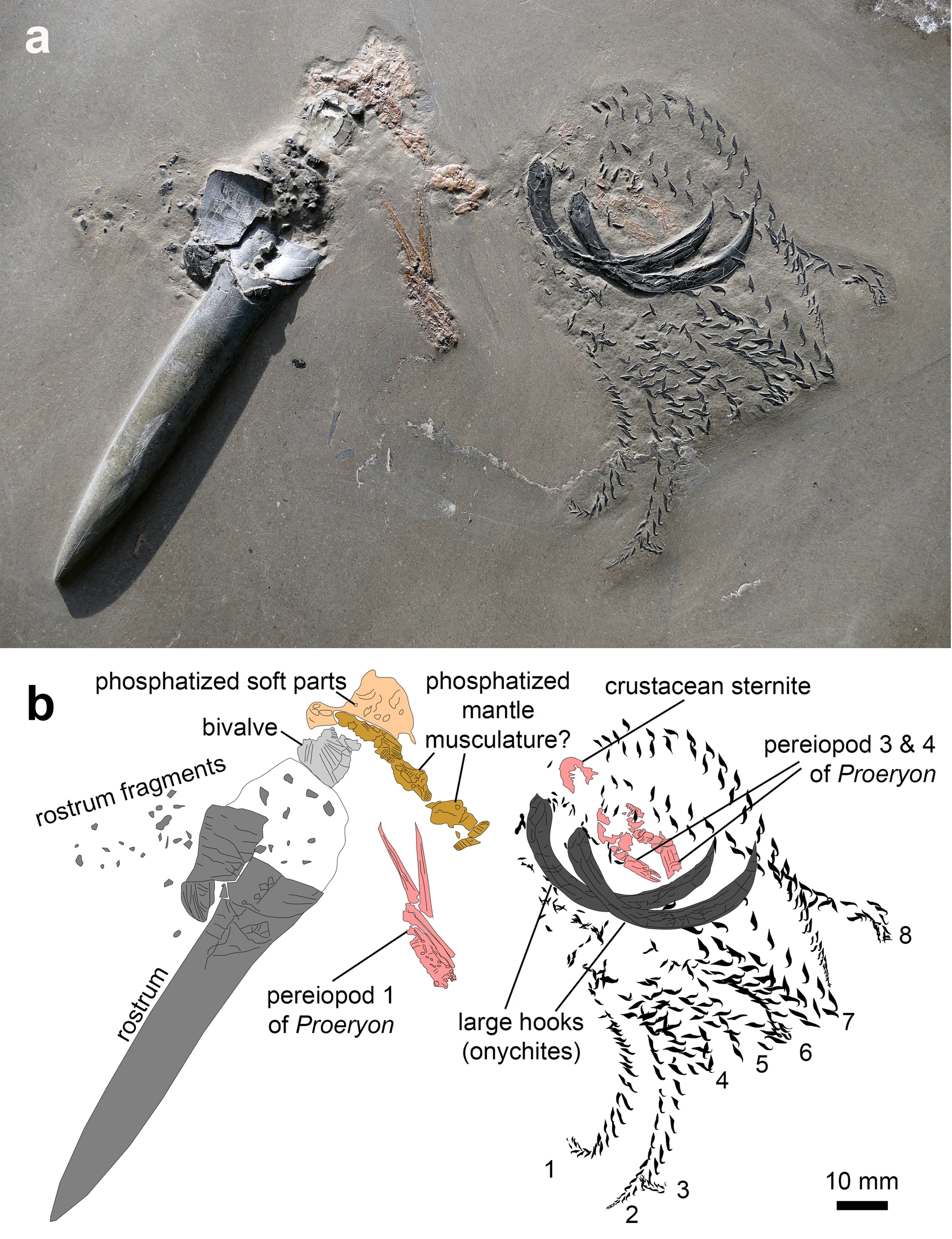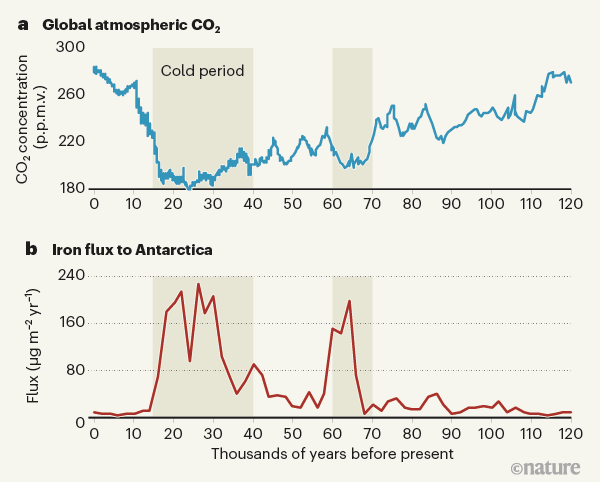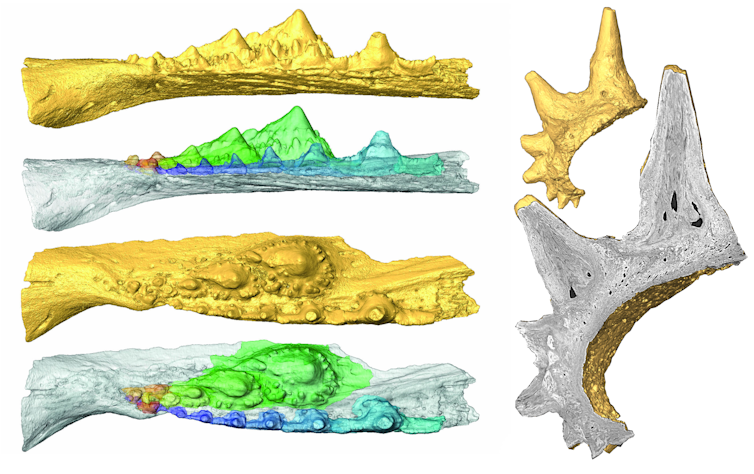Book Review - The Greywacke
Recently I bought "The Greywacke" (ISBN 978 1 78816 377 4, eISBN 978 1 78283 626 1) written by Nick Davidson, an amateur geologist. And it is rather good!
It tells the story of how two friends, Sedgwick and Murchison, mapped the geology of Wales and the Welsh Borderland, disagreed, compromised and then disagreed completely. Later Charles Lapworth proved them both wrong.
It does not sound a riveting read but the people involved are compelling characters and they all did remarkable work.
Sedgwick was geology professor (with a divinity and mathematics degree) at Cambridge and worked on the Cambrian. He was good but slow and full of doubts. Murchison was a retired army officer and worked on the Silurian. He was fast and did not have a doubt in his life - certainly not about his abilities! He published quickly and extensively and could not help himself encroaching on Sedgwick's territory.
While still cooperating, Sedgwick and Murchison sorted out the rocks between the Silurian and the Carboniferous and called it the Devonian, rubbishing De la Beche on the way.
Murchison, having, to his own satisfaction, coloured most of Wales Silurian, moved on to do the same to the Southern Uplands and most of the Northern Highlands.
Also he was invited to tour Russia - twice - named the Permian and co-wrote a two volume book "The Geology of Russia in Europe and the Ural Mountains". Murchison's volume weighed in at 13 pounds! It stretched from Primary rocks in the west to Permian and higher in the east - an undisturbed sequence. Strangely, Murchison could not find any Cambrian!
By this time he was the most distinguished geologist in the world and not averse to being crowned "King of Siluria" Later he was appointed Director of the Geological Survey.
But it could not last. Geology was changing. Nemesis came in the form of Charles Lapworth. He was a schoolteacher from Oxfordshire who came to Galashiels to teach English and art. He was intrigued by the local rocks which had recently been mapped by the survey as being Silurian and 26,000 feet thick.
Murchison had mapped Russia in a few months; Lapworth mapped tiny Dobb' Linn over five or six summers, camped for months at a time in a shepherds hut. The result was the Silurian was reduced from 26,000 feet to 300 and a major unconformity was put in the middle of it! Eventually the Ordovician was defined.
It took a long time for the Survey to admit the existence of the Ordovician. Not many years ago the Survey would label rock units according to the geological period - all the Carboniferous ones began with a d, c for the Old Red, a for the Cambrian and b for the Silurian. The Ordovician was in there usually with a b!
The geological establishment, especially the Survey, regarded Lapworth as an amateur. After correcting them in the Southern Uplands he moved onto Wales, found more major unconformities, proved the Ordovician and the headed for the North West Highlands where, once more the Survey and Murchison were proved to be fundamentally wrong. Geikie, Murchison's successor as head of the Survey sent his top team to look at the area and they agreed with Lapworth! The first paper confirming Lapworth's findings did not mention Lapworth.
As you can see I found this book fascinating and well written. As far as I can tell the geology is correct. It must be - Dave Green is one of the people who helped him!








